As remarkable as the StyleGAN algorithm is, it leaves a number of "tells" in each image it creates. These vary from image to image — not every one has all or even many of these glitches — but with a bit of practice you can learn to spot them at a glance. We learned many of these tricks from the excellent tutorial published by Kyle McDonald in 2018.
Water-splotches
We can't expect future algorithms to have this problem, but one of the distinguishing features of the current StyleGAN algorithm is that it commonly produces shiny blobs that look somewhat like water splotches on old photographic prints. These are a dead giveaway. Water splotches can appear anywhere in the image, but often show up at the interface between the hair and the background.
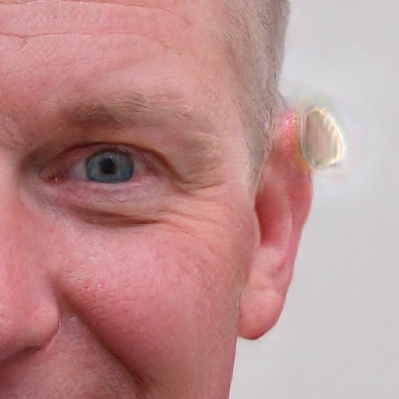
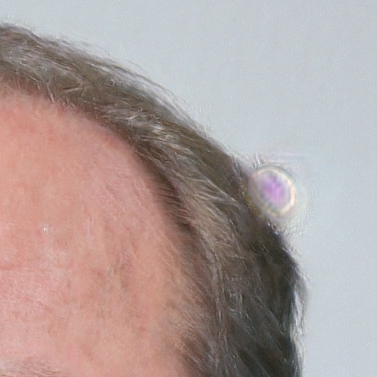
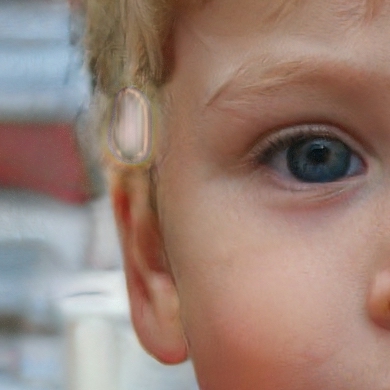
Background problems
Another dead giveaway is that all sorts of things can go wrong with the backgrounds of the images. The neural net is trained on the face, and doesn't pay as much attention to what is going on at the sides. At the very worst, you get some extremely odd companions, as in the first picture below. Sometimes you just get chaotic cubist forms. And sometimes the background looks almost like a torn photograph.
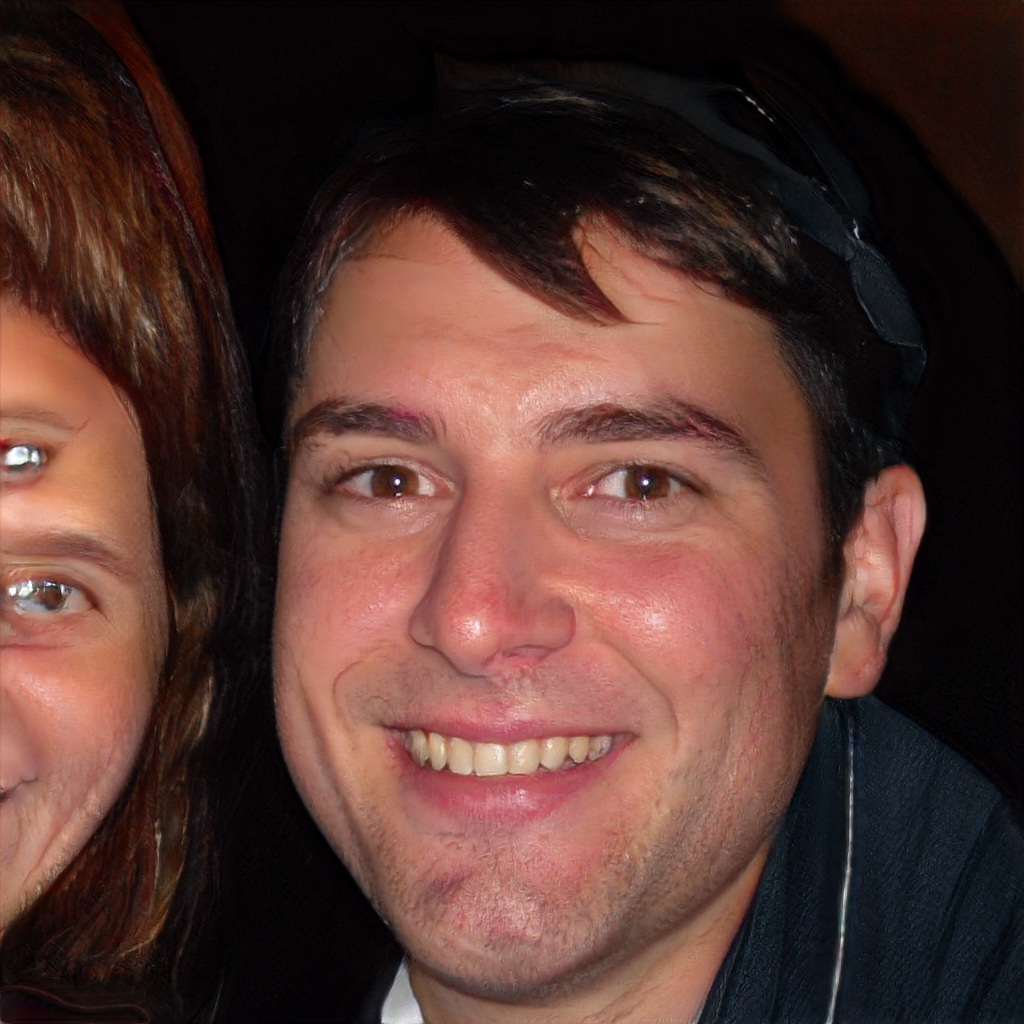
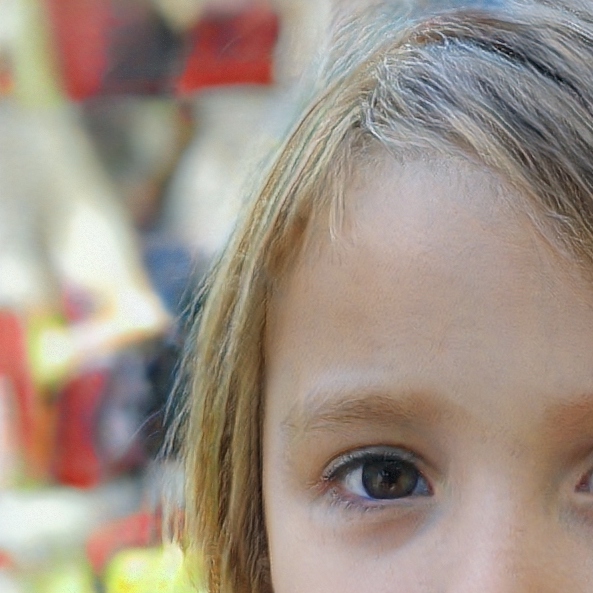
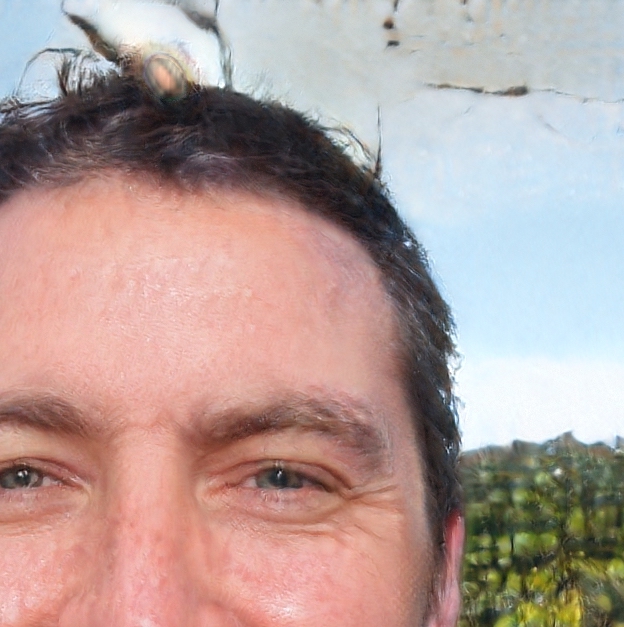
Eyeglasses
Right now, it's very hard for algorithms to generate realistic-looking eyeglasses. A common problem is asymmetry. Look at the frame structure; often the frame will take one style at the left and another at the right, or there will be a wayfarer-style ornament on one side but not on the other. Other times the frame will just be crooked or jagged.

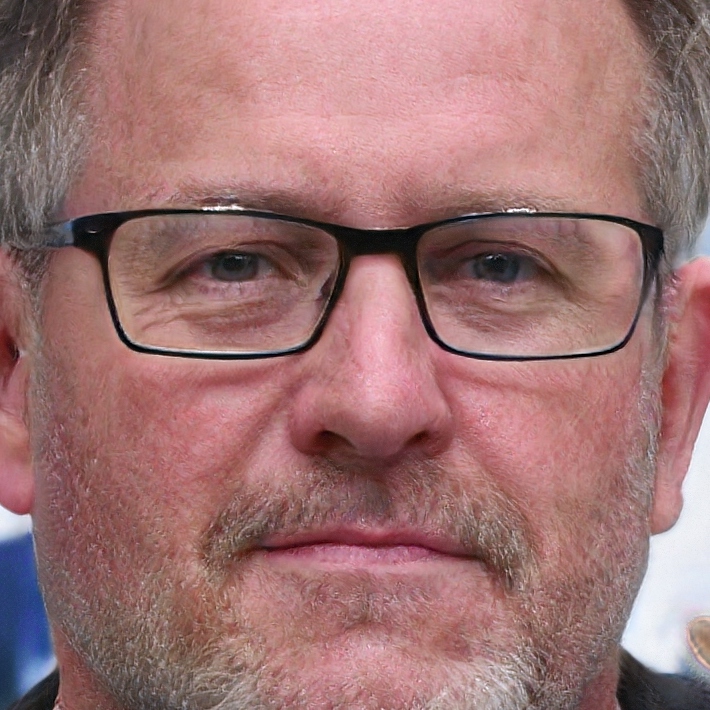
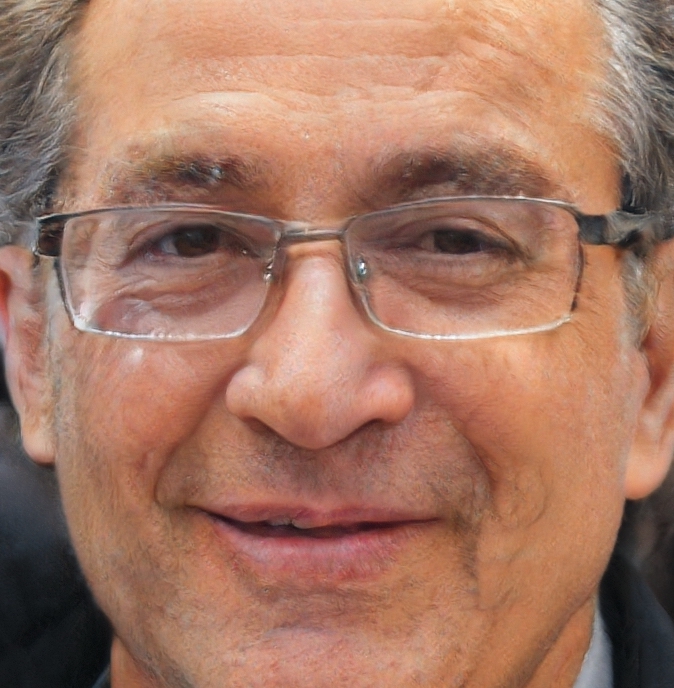
Other asymmetries
In general, symmetry is a challenge for the facial generation algorithms. In additional to asymmetry eyeglasses, be on the lookout for asymmetries in facial hair, different earrings in the left and right ear, and different forms of collar or fabric on the left and right side.
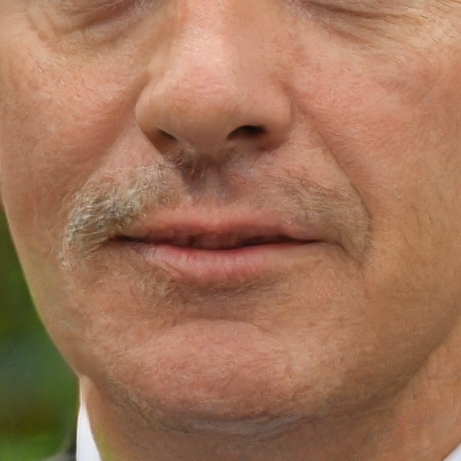
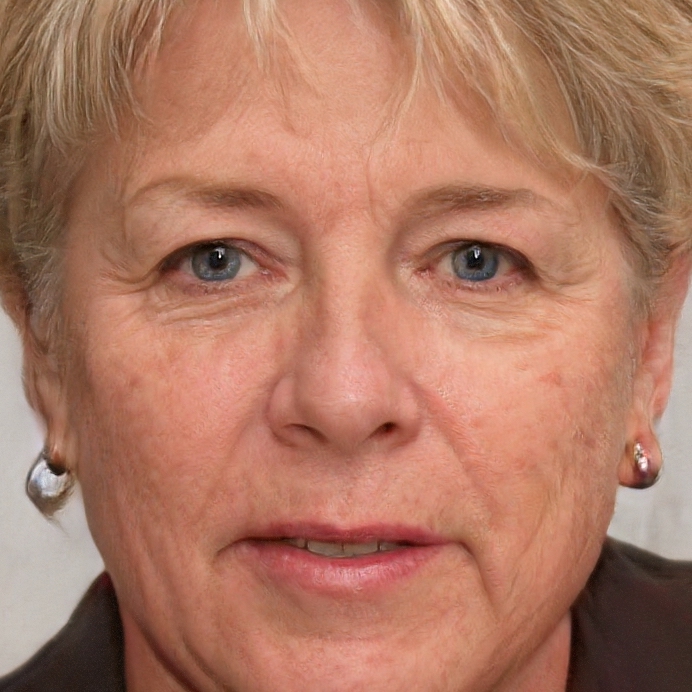
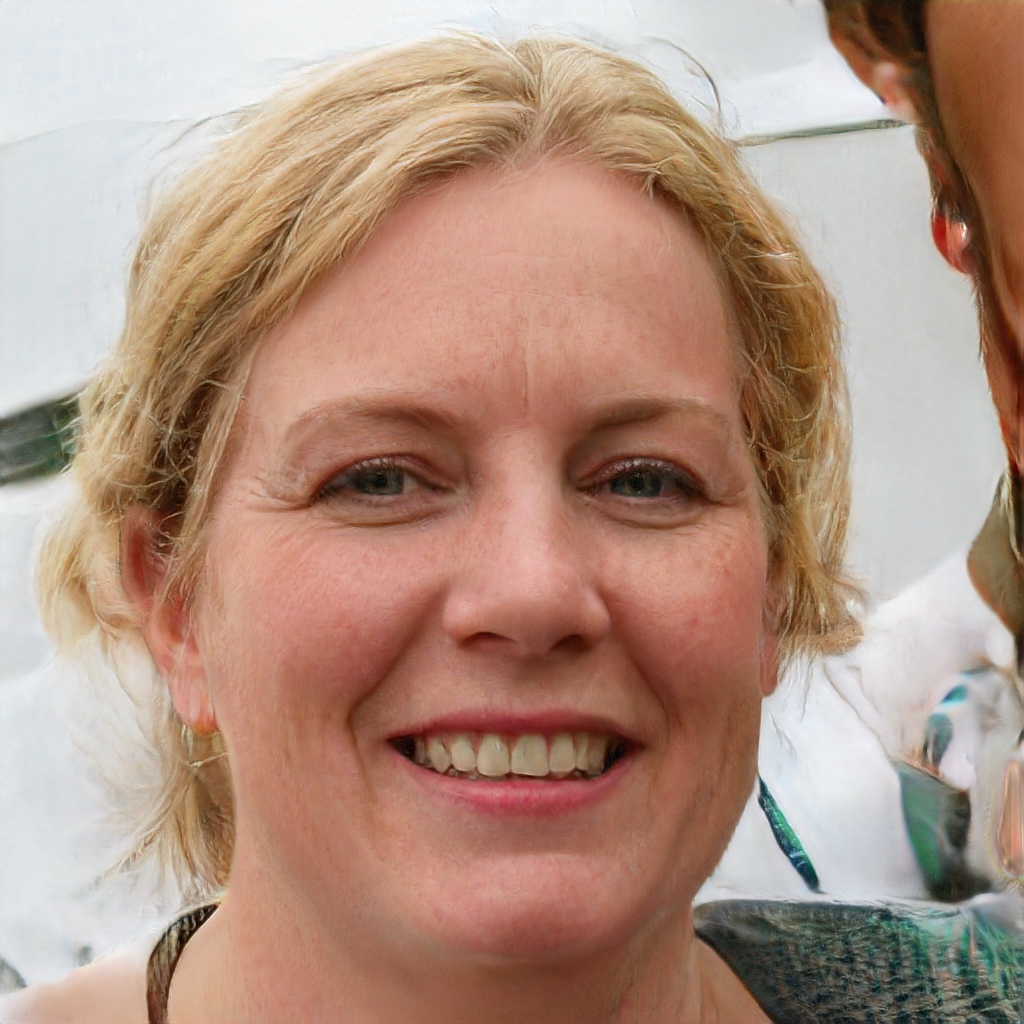
Hair
Hair is extremely difficult to render realistically. Sometimes there will be disconnected strands of hair on the face or elsewhere, as in other first image below. Other times the hair will be too straight, streaked, as Kyle McDonald put it, "like someone smudged a bunch of acrylic with a palette knife or a huge brush." We see this in the middle image below. Sometimes there will be a strange glow or halo around the hair, as in the final image below.
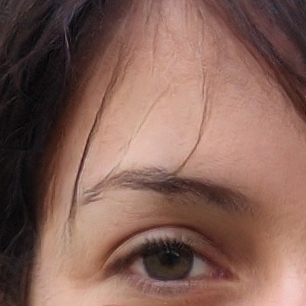
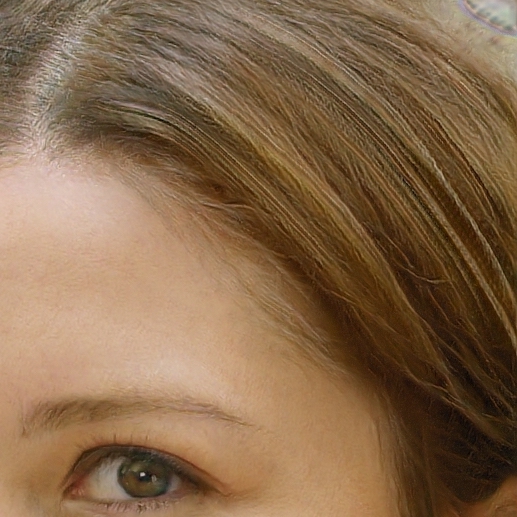
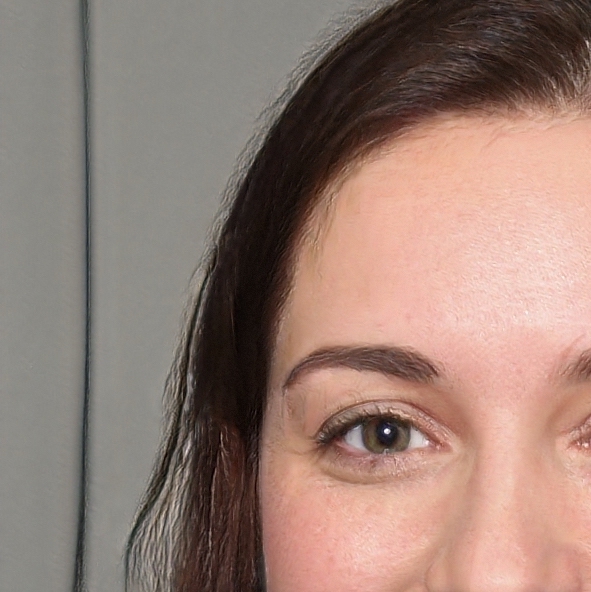
Fluorescent bleed
One interesting tell arises is that fluorescent colors sometimes bleed in from background onto the hair or face.
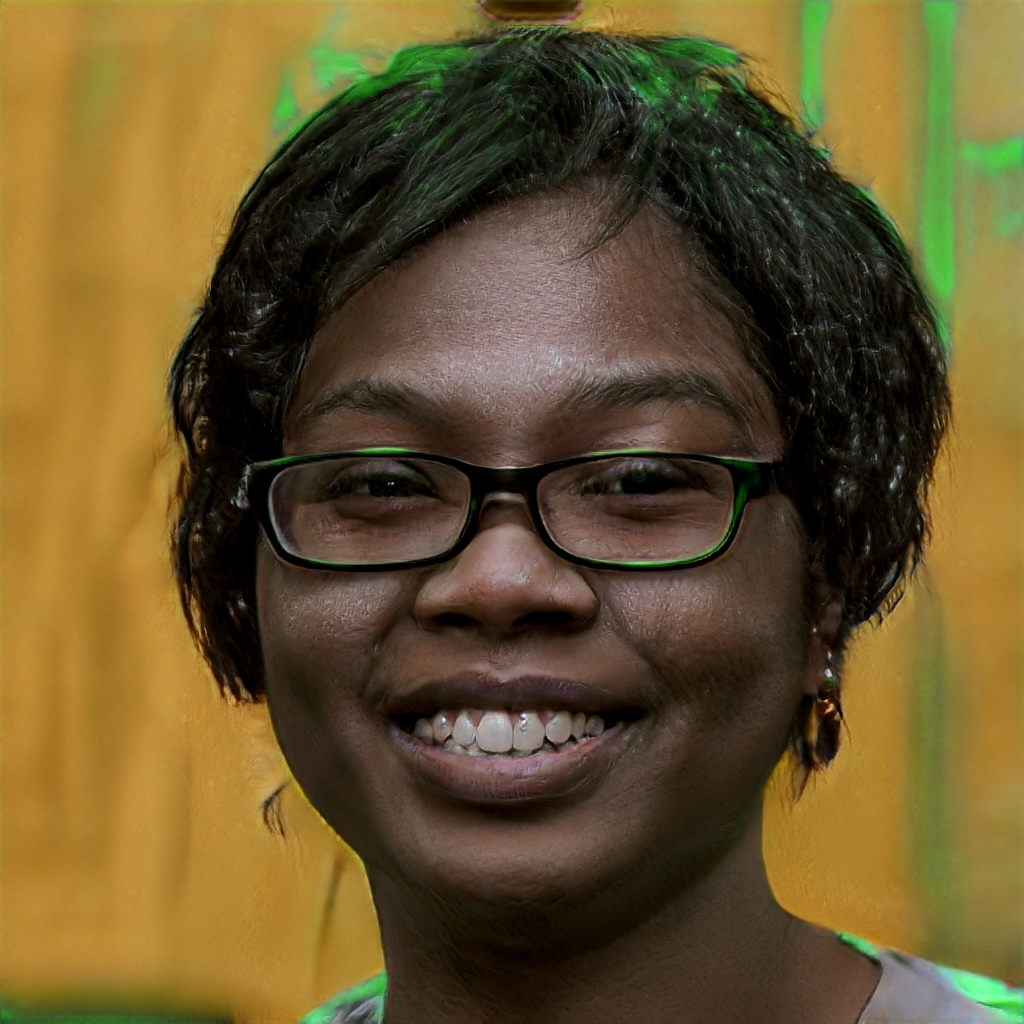
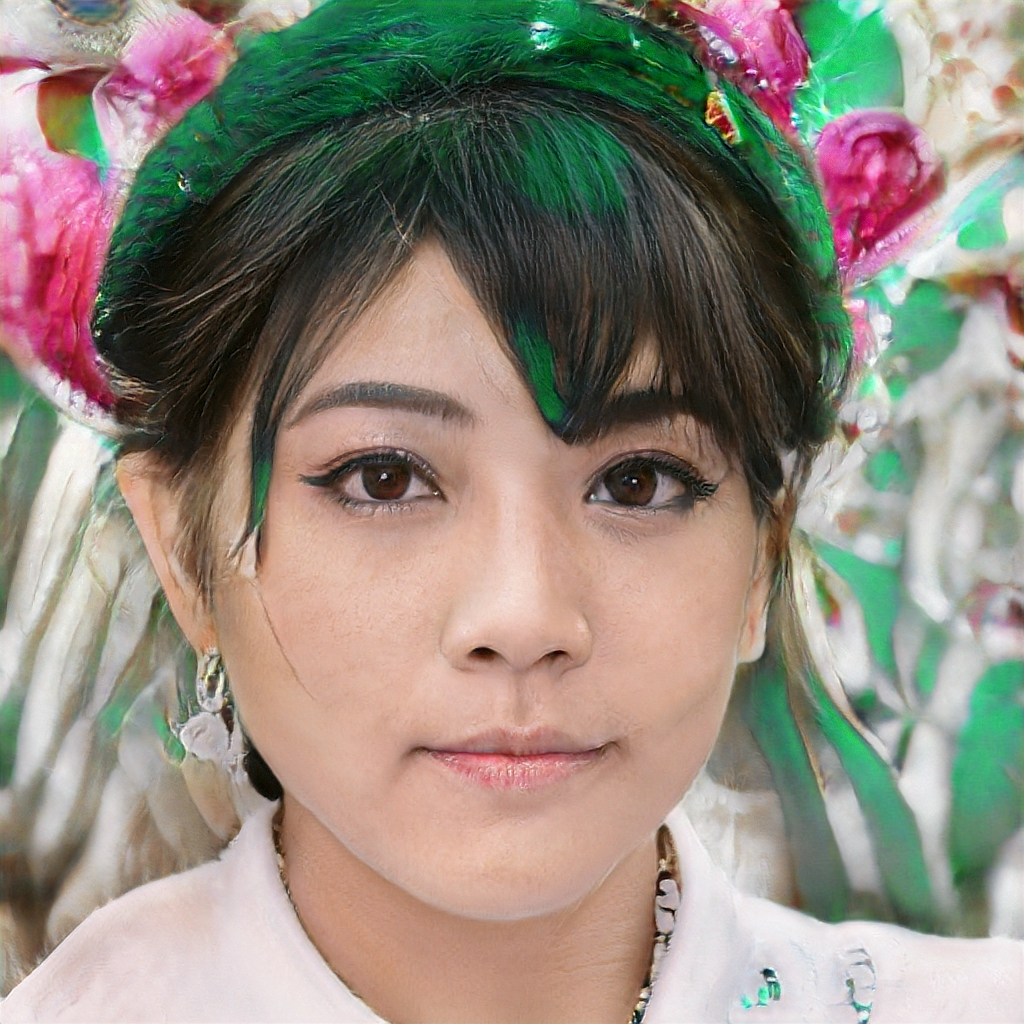
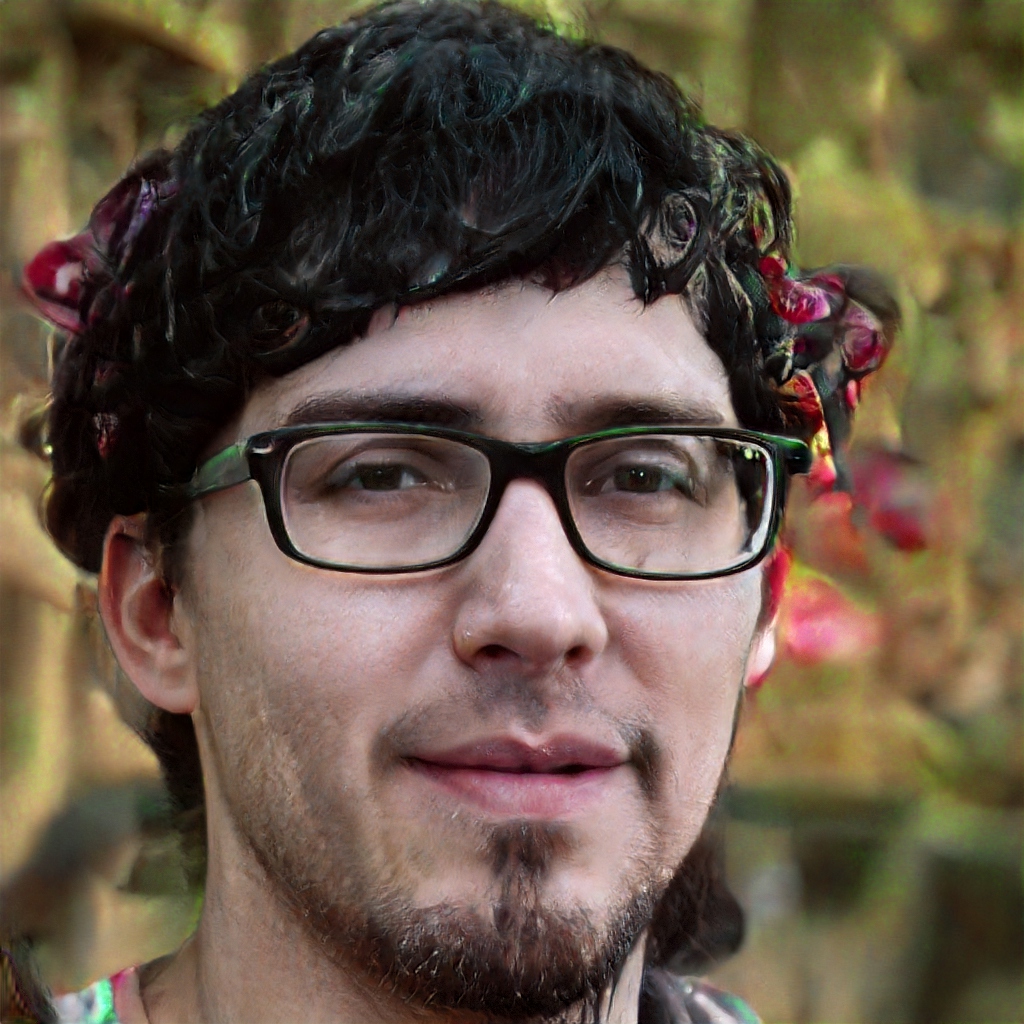
Teeth
Teeth are not easy to render. Often teeth are odd or asymmetric. In some cases, you may even see three incisors as in the final photograph below.
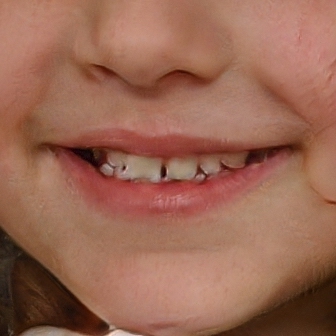
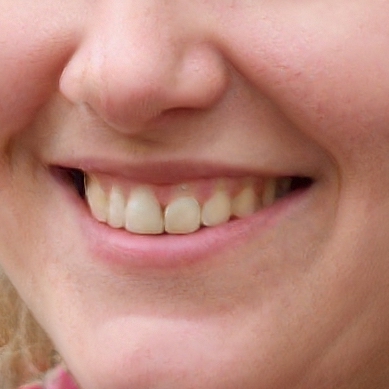
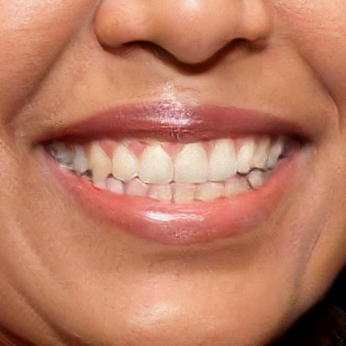
Signs that a photograph is real
We have shown you how to identify an image that is fake. Now that you know what things that hard for the neural network to generate, you can look for cases where these are accurately rendered and if these are done well you can feel fairly confident that an image is real. These include symmetric eyeglasses and earrings (first image below), actual human-looking companions at the side of a photograph (second image below), and detailed backgrounds especially if there is readable text (third image below).
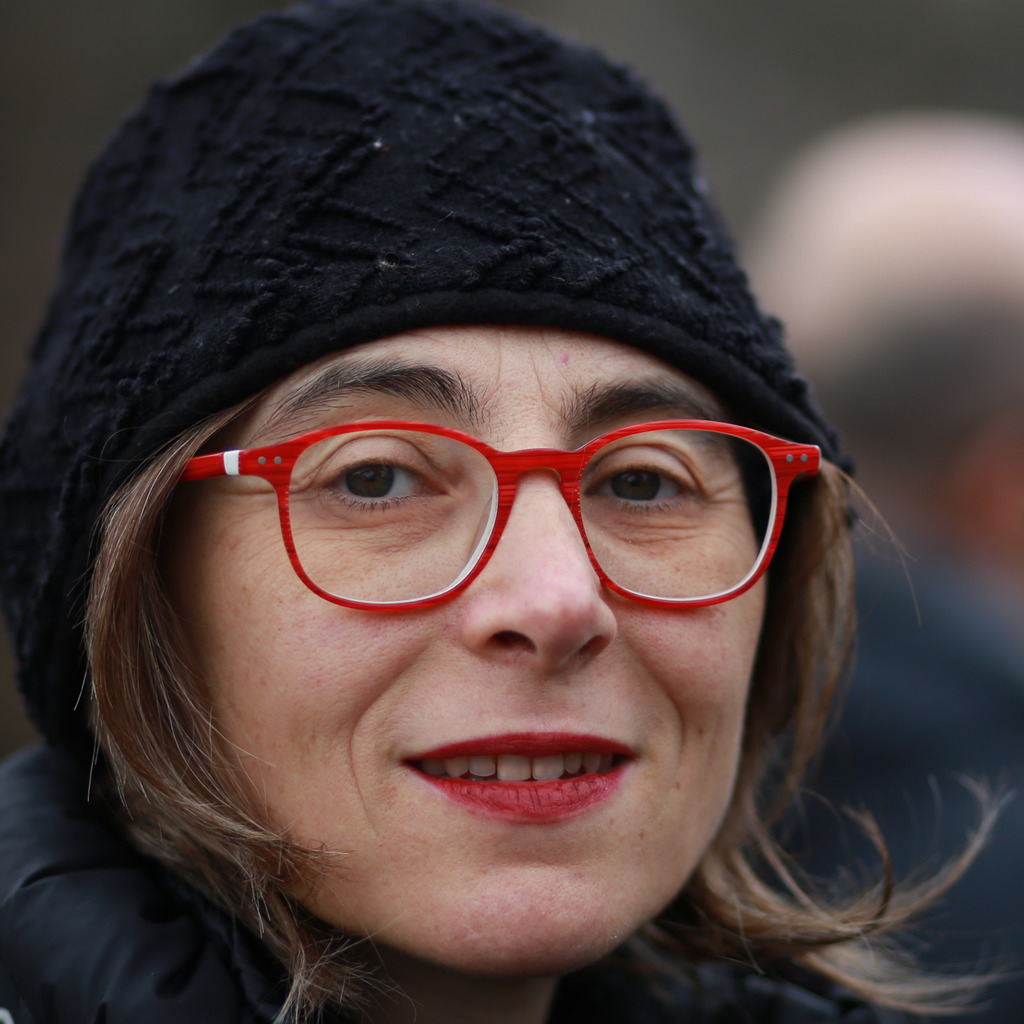
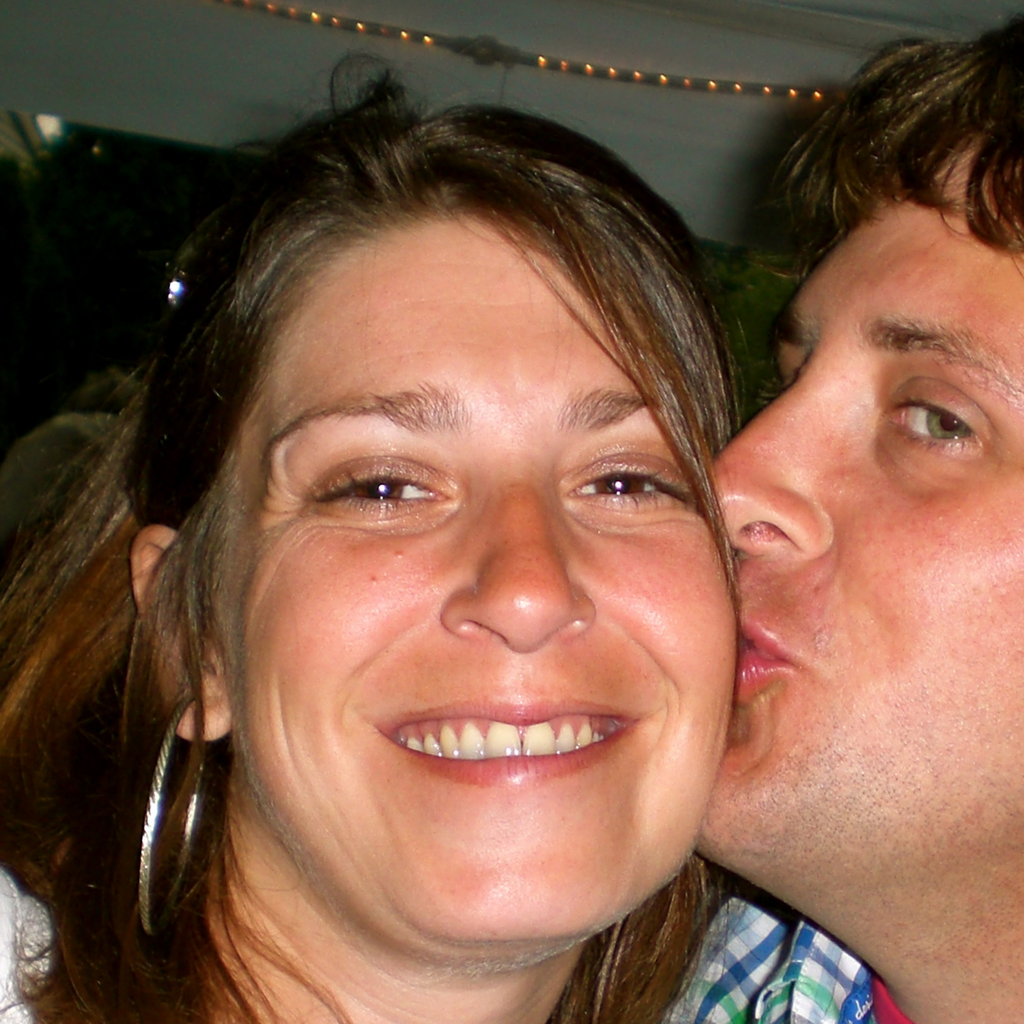

A silver bullet?
When we launched this website in February of 2019, we thought we had a silver bullet for at least a year or two. We described it thusly:
The StyleGAN algorithm is unable to generate multiple images of the same fake person. Right now, we are unaware of any software that can do that. So if you want to be sure that your tinder crush is a real person, insist on seeing two or more photos. At some point, software will probably catch up. But for now, multiple pictures offer powerful reassurance that the image is not a fake.
Well, it took three months, not a year or two. Egor Zakharov and colleagues at the Samsung AI Center have developed a way to create video of a person moving and talking, based on even a single sample image. Their video demonstration is stunning and well worth a look. Presumably one could supply their algorithm with a single StyleGAN fake face, and it would supply multiple angles and expressions of the same "person". For the time being it might be harder to show the same person in different outfits, settins, etc., but it's clear that we shouldn't be promising any silver bullets against the rapidly evolving technology.
With all this of this in mind, go back and play again. You'll find that with a bit of practice you can get very good at spotting fake images very quickly.